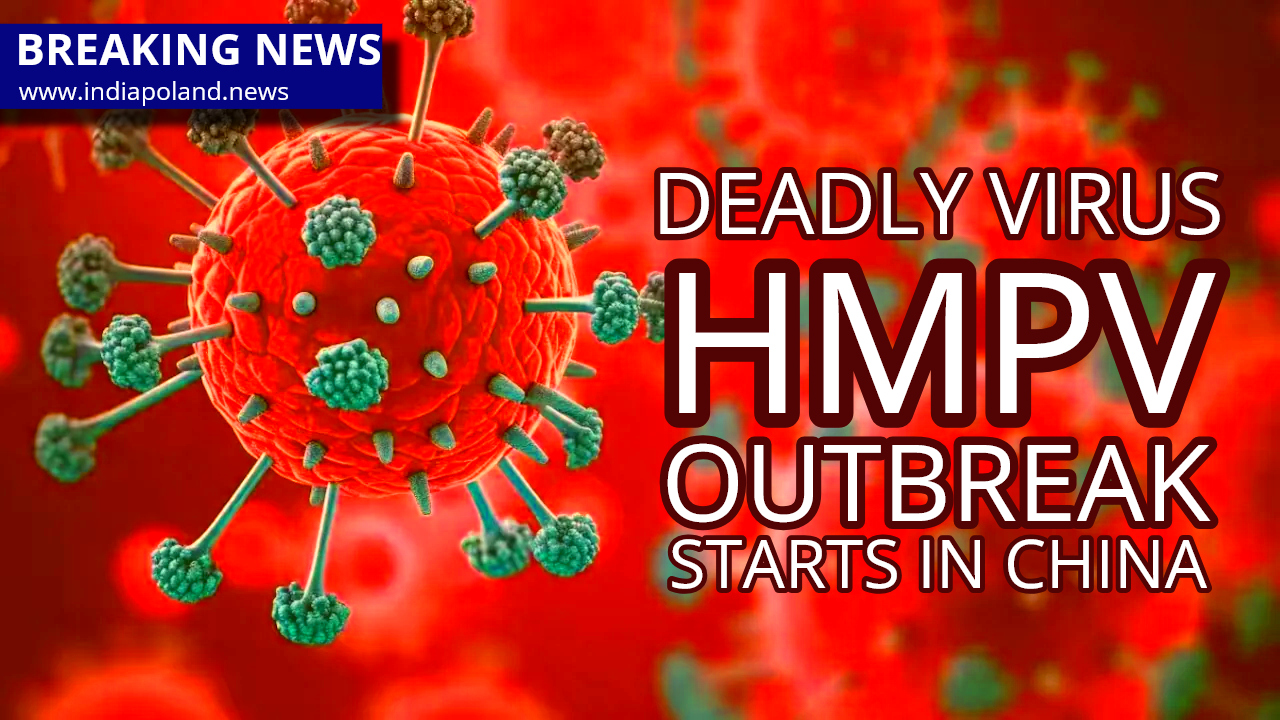
China is grappling with a surge of infections caused by human metapneumovirus (HMPV), a respiratory illness that has led to overcrowded hospitals, heightened emergency measures, and growing public concern. The outbreak, primarily affecting children in northern provinces, is drawing parallels to the early days of the COVID-19 pandemic, which emerged five years ago in Wuhan, China.
HMPV: A New Concern This Winter
Human metapneumovirus, or HMPV, is not a novel virus; it was first identified in 2001. However, the spike in cases this winter has brought it into the spotlight. HMPV typically causes symptoms similar to the common cold or influenza, such as cough, fever, nasal congestion, and fatigue. While the illness is generally mild, it can lead to severe complications like pneumonia, particularly in infants, the elderly, and those with weakened immune systems.
Photos and videos circulating on social media show masked citizens in overcrowded hospitals, evoking memories of the COVID-19 outbreak. Despite these concerns, health authorities have emphasized that the current situation aligns with seasonal trends and is not on the same scale as the initial COVID-19 crisis.
Government and Health Officials Respond
Beijing has described the rise in respiratory illnesses as a typical winter occurrence. Foreign Ministry spokesperson Mao Ning stated, “Respiratory infections tend to peak during the winter season,” adding that this year’s infections appear less severe and widespread compared to previous years.
In response, China’s National Disease Control and Prevention Administration has launched a pilot program to track pneumonia of unknown origin. This initiative aims to strengthen surveillance and improve case management. The World Health Organization (WHO) has not classified the outbreak as a global health emergency but is closely monitoring developments.
Regional Impact and Precautionary Measures
Neighbouring regions, including Hong Kong, Cambodia, and Taiwan, are also observing the situation. Cambodia has issued warnings about the virus, noting its similarity to influenza and COVID-19, while Taiwan’s Centers for Disease Control have highlighted the increased risks for vulnerable populations.
In India, health officials have urged calm, stressing that HMPV is similar to other respiratory viruses. Dr. Atul Goel of the Directorate General of Health Services remarked, “Metapneumovirus causes common cold-like symptoms in most individuals. Severe cases are rare and primarily occur in the very young or elderly.”
Travel Safety Assurances
Amid concerns from international travelers, Chinese authorities have reassured citizens and tourists alike. “The Chinese government prioritizes the health of its people and visitors,” said Mao Ning, emphasizing that it remains safe to travel in China.
What You Need to Know About HMPV
- Transmission: Spread via respiratory droplets or contact with contaminated surfaces.
- Symptoms: Cough, fever, fatigue, and nasal congestion, with an incubation period of 3–6 days.
- Treatment: No vaccine or specific antiviral therapy is available; treatment focuses on symptom management.
- Prevention: Hand hygiene, mask-wearing, and avoiding close contact with infected individuals.
While the outbreak underscores the challenges of managing respiratory illnesses during winter, experts continue to stress vigilance without panic. Health systems globally are better prepared to monitor and respond to such situations, ensuring public health and safety.





